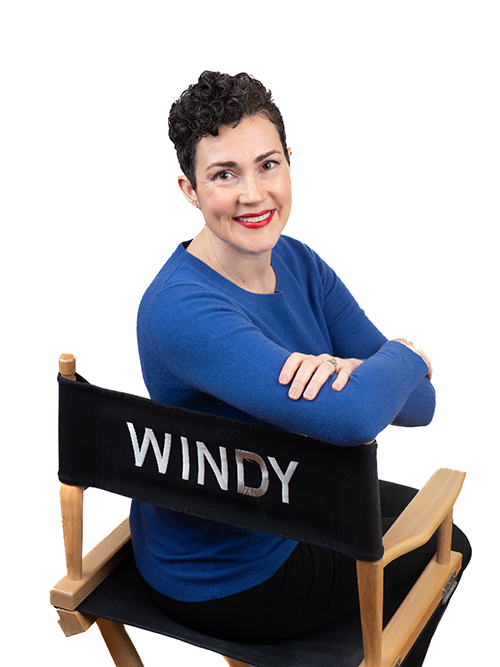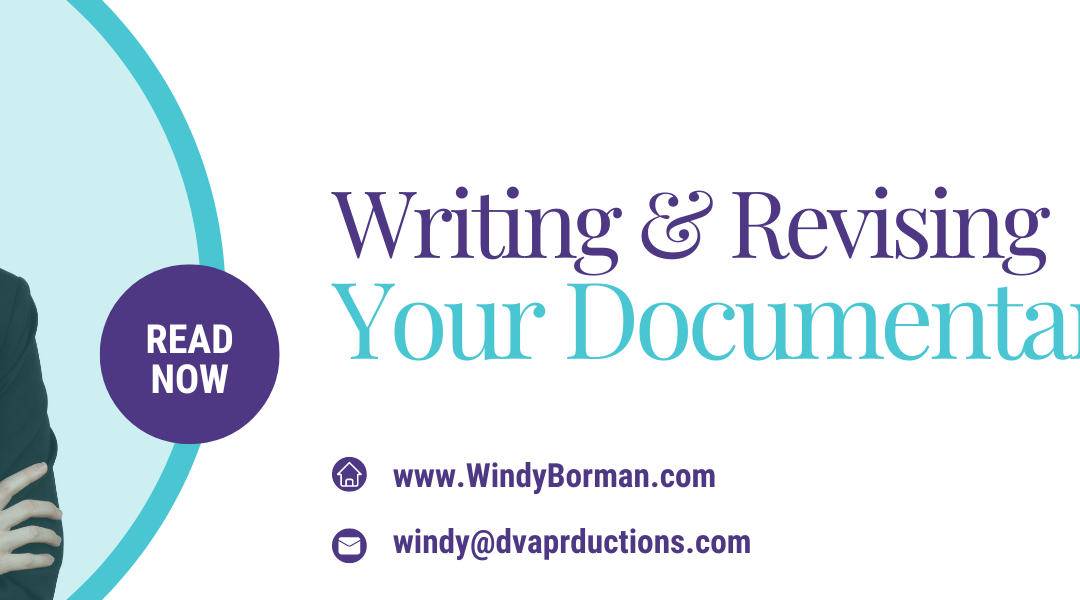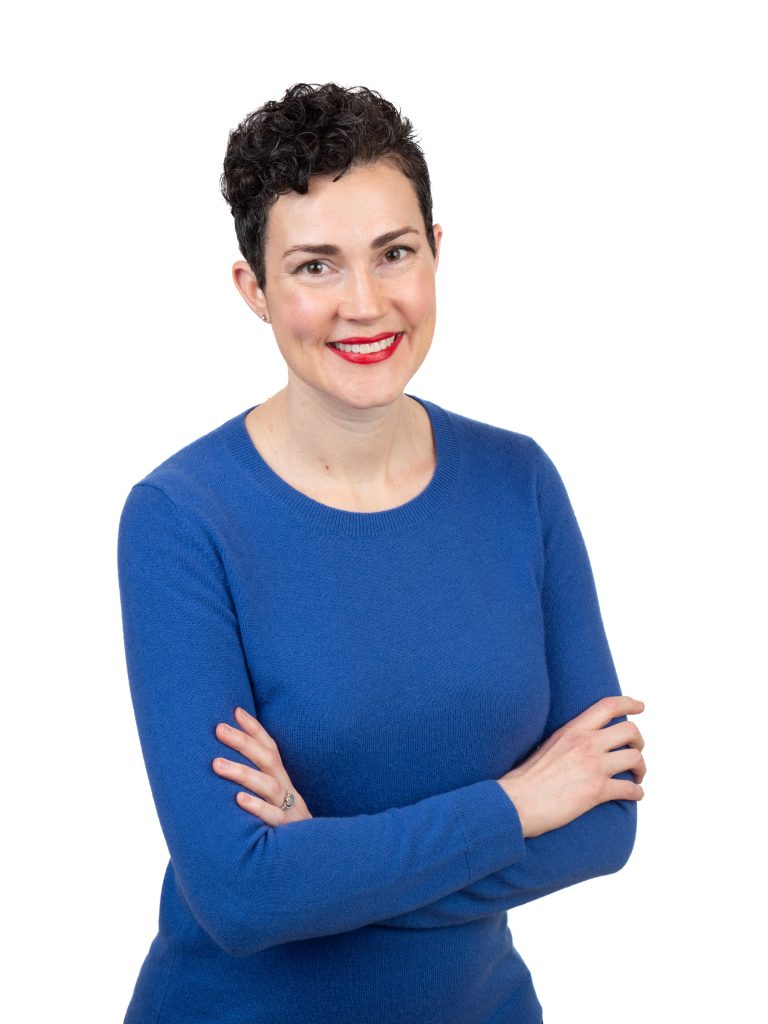You’re going to Write, Revise, and Revise again.
In narrative filmmaking there is a saying: “You write your film three times. You write it in Development. You rewrite it on Set. And then you rewrite it again in the Edit”. Another saying is: “Writing is Revising”. Whichever way you look at it, the same is true for documentary filmmaking.
Hopefully, you start the project with an idea of where the story could go. At a minimum you should have your characters (“Who”), the major events or actions to film (“What”), and the locations to film (“Where”). The story can develop from there.
Second, you’ll want to know the style of documentary you’re producing. Check out Bill Nichols’ classic text, Introduction to Documentary, for inspiration or read this quick overview by Oakley Anderson-Moore on NoFilmSchool.com.
Next, you have to edit all your footage into a cohesive structure, so people will actually watch and understand your film. How To Structure Your Documentary Film by Nick Willoughby and Documentary Structure by Desktop Documentaries both expound on the merits of a Three-Act Story Structure, and they are good place to start as you structure your film.
Once you’re in the Editing Phase, you’ll create a Rough Cut, Fine Cut and Final Cut of the film, but in between all those steps, you can radically change the story, style and structure through revisions. If something isn’t working in the edit, I suggest resisting the urge to shoot more interviews, and consider revising what you already have.
Here are three revisions to consider:
- Add Additional Sources, such as Animation, Archival Footage, or Licensed Footage. By bringing in more outside sources for the audience to consider, you can revise the story.
- Change the Sequence of the Story. You aren’t changing the historical timeline, but you are changing the order of the events the audience sees. Three examples of story sequence that yield different audience experiences are: Chronological Order, Reverse Chronological Order, and Nonlinear (where you jump around the timeline) to reveal how the elements are connected at the end.
- Change the Style of the Film. This can be a big revision, but if an Observational or Poetic documentary isn’t connecting with your audience, try a different style. This can be as simple as adding narration or text on the screen to propel the story, instead of relying on edits from shot to shot.
I’ll give you an example of how adding additional sources changed the sequence and dramatically changed how the audience connected with the documentary’s story.
In “The Eyes of Thailand”, we’d already revised the story structure and story sequence two or three times. We knew Soraida was the main character and the story would build up to the moment where Motala (an elephant landmine survivor) took her first steps on her prosthesis. However, we needed a “hook” to make the non-Thai audience care about elephants in Thailand, where three of the main tourist attractions involve exploiting elephants: elephant riding, feeding street elephants, and elephants performing tricks (like logging or painting). We also had to connect a story about elephant’s losing their legs in landmine accidents into the title “The Eyes of Thailand” because we had already purchased the website url, designed the poster, and film festival submissions dates were looming. Luckily, our screenwriter found a story about the Buddha being born as an elephant, who escaped capture to feed his blind mother in the forest. We added animation depicting the Buddha as a young elephant wiping his mother’s eyes, which was the perfect segue way into the “The Eyes of Thailand” title card. We then cut to the opening montage of landscape and street scenes in Thailand, and Act I was off and running. These changes allowed us secure Ashley Judd to do the film’s narration, and led to 10 film festival awards and two United Nations honors.
Sometimes you think you have one style of documentary, but then a test audience sees the Rough Cut and they don’t connect with it, so you need to revise the film.
In “Mary Janes: The Women of Weed”, I envisioned an Observational Documentary following five main characters from different states, supported by other cannabis experts who filled in the knowledge gaps. I followed the five main characters for a year and then wove their journeys together for the climax on Election Night 2016. When we showed the Rough Cut to the test audience, which was comprised of other team members and their partners/spouses, it was clear they didn’t want a story about five women in cannabis. They wanted to see things they were familiar with: the “Just Say No” anti-drug commercials, and cannabis for kids with epilepsy or veterans with PTSD. Our test audience wanted the film to succeed—and their feedback was the barometer for where America was with cannabis legalization in 2017—so I needed to incorporate their input.
My solution was to change the style of the film from an Observational Documentary to a Participatory Documentary. Instead of jumping into the foreign world of cannabis, Act I now begins with me talking about my conflicting emotions about cannabis legalization. We start from a place of comfort with an on-camera guide, who eases the audience into the idea that women are building corporate social responsibility into the fastest growing US industry: cannabis. Instead of reshooting interviews, I scripted and directed scenes where I was on-camera literally connecting the dots, chapter by chapter, to reveal the larger “Aha!” at the conclusion. The five original characters still have the most screen time, but they are part of a larger chorus who drive to the same conclusion. This style change attracted the attention of Melissa Etheridge and we added a powerful interview from her into the film. The change also led to “Best Documentary” and “Visionary” awards on the film festival circuit and features in Variety, The Associated Press, The New York Times, The Washington Post, The Huffington Post, Forbes, NBC, and ABC.
In short, don’t be afraid to revise your documentary film until it resonates with your target audience. It may involve some heavy lifting by you or your team to move your footage again and again, but changing your story structure, sequence or style can lead to greater success.
Happy revisions!


